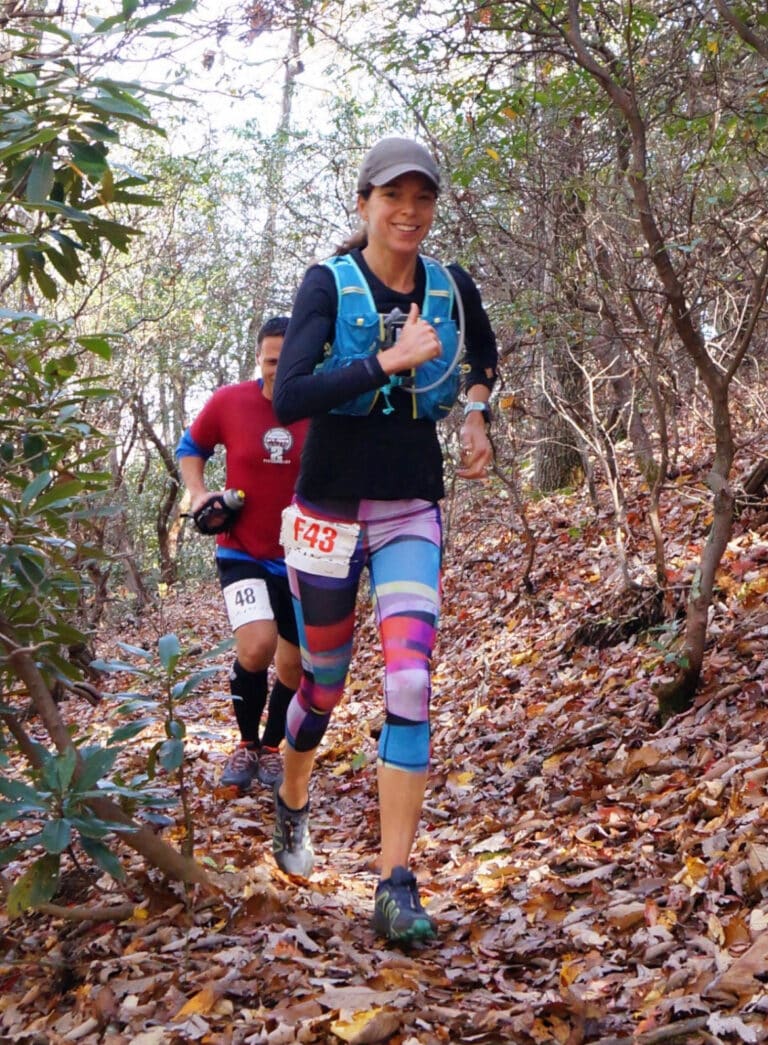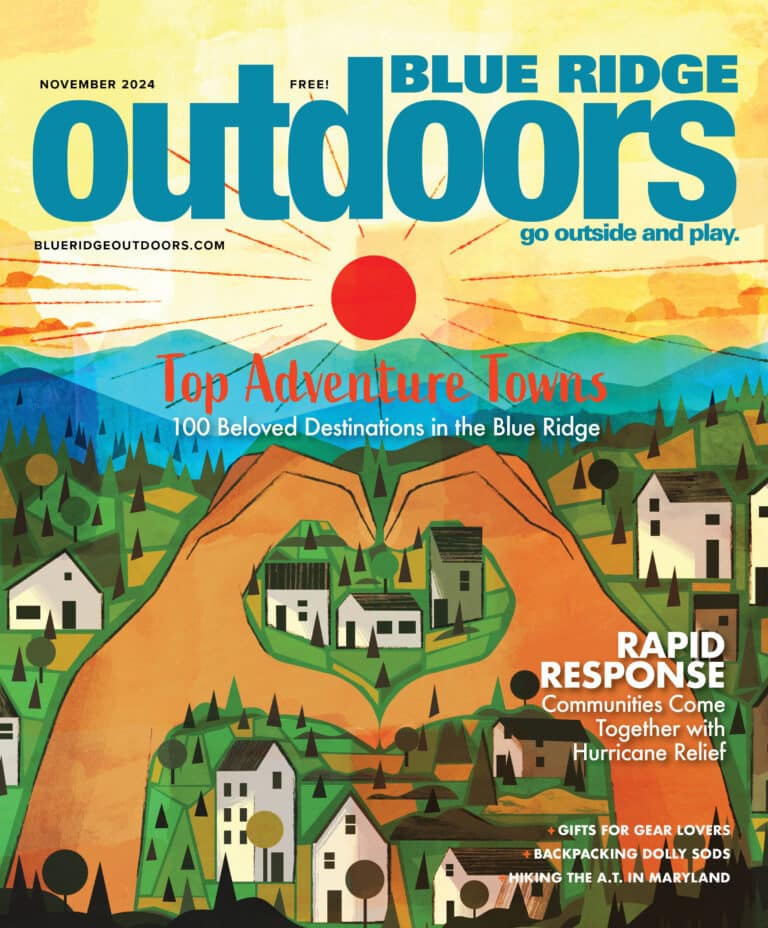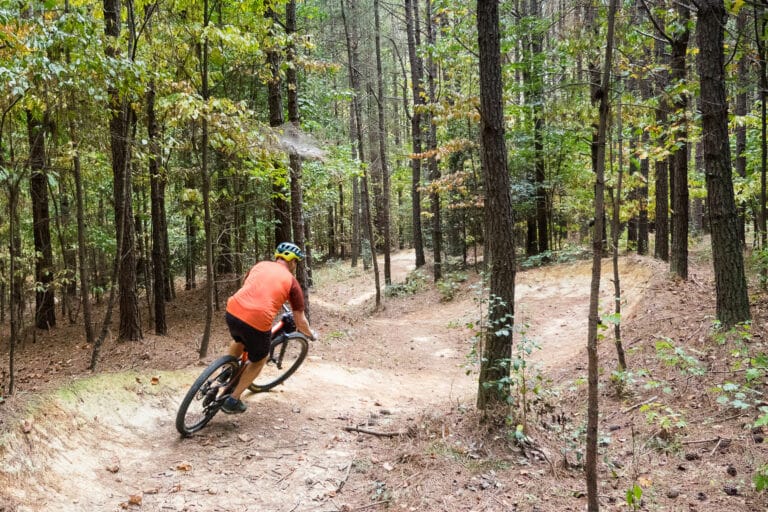by JAY HARDWIG
I’m not the one who hung it, but I can’t say I was sorry to see it hanged.
That’s my conclusion as I sort through the odds and ends of a soggy and sordid episode, in which yours truly stumbled upon a grisly execution deep in the Tennessee woods. It was a murder, plain and simple, committed in cold blood, swallowed up in the silence of the Smoky Mountain ridgetops, where there’s no one around to hear you squeak.
It was a cold and rainy day, and dusk hung wet and heavy in the air as Joe and I trudged wearily up the mountainside to the Derrick Knob shelter. We tugged open the creaking gate and there we found, hanging from the crossbeam and swinging slowly in the breeze, a nylon noose tightened around its neck, the gray, lifeless body of . . . a field mouse.
We took off our packs and sidled up for closer inspection. The body was cold. The noose taut. The mouse quite dead.
We did not know the protocol. Was it best to give the deceased a solemn burial, laying it in a tiny grave festooned with mountain laurel and broom sedge? Or was it better to send his soul skyward on the embers of a mousy fire, there to mingle with the stars? Or still yet, was it proper to build a raft of pine boughs and send the furry corpse floating down the small stream that trickled from the ridge?
We chose, instead, to leave it there, as an example to the others. Heartless, perhaps, but defensible. The Derrick Knob shelter is known as a haven for rogue mice. On previous stays in the cabin, the audacious critters had rifled through my pack, stealing oatmeal, shredding toilet paper, making quick work of any instant noodles they chanced upon. Worse yet, they often came in the dead of night for surreptitious nibbles on my hair. I had long since taken to wearing a bandana to bed in an effort to thwart this brazen enterprise, but I can scarcely count the number of nights I have awoken in Smokies shelters to the sounds of mice gnawing on my blond locks. If you’ve been there, you know whereof I speak: that sound, with its moist, muted, masticatory quality, accompanied by a gentle tugging on the scalp, is not one that is easily forgotten, or forgiven.
And so the mouse stayed, and swayed, through the night.
In general, I am a fan of mice. I like the little buggers. I like to see them conquer laboratory mazes, outwit slower snakes, and tirelessly tackle the exercise wheels in second-grade classrooms. I like to see them jauntily pilot steamboats down the Mississippi, hang out on Mexican street corners taking long naps underneath oversized sombreros, and befriend large-eared flying elephants. So while I may have wished a mysterious bone-wasting disease on Chuck E. Cheese a time or two, it can’t be said that I’m anti-mouse. Even so, I found it hard to work up much sorrow for the specimen hanging from the rafters. I knew he’d likely nibbled his way into whatever trouble he’d found. Nature is red, Tennyson said, in tooth and claw. Our mouse got the worst of it this time.
Please know that I understand three things about the hanging of this mouse. I understand it was illegal: National Park Service law prohibits even touching wildlife, to say nothing of summary execution by hanging. I understand it was immoral: the mouse had just as much right to be there as we did, and maybe more. It is we who were the intruders on the scene, and the mice, however scurrilous, cannot be blamed for the introduction of chicken-flavored ramen noodles and perfumed shampoo into their ecosystem. I understand it was cruel: I don’t even need to offer an explanation behind that colon for you to know that I know how and why it was cruel. While I suspect the mouse was dead before the noose was ever fastened—is it physically possible to hang a mouse?—I doubt that the mouse died a natural death, surrounded by friends and family, a victim of nothing more than old age.
So it was illegal, immoral, and cruel, yes, but not unconscionable. All but the noblest among us has swatted a mosquito in the backwoods, or held a blood-engorged tick to the tip of a match. Closer to home, we line our crawlspaces with roach traps, dose our dogs with flea paralytics, and generally keep exterminators in the high cotton. And me? I ate a burger just last week. Few of us are blameless. So while it may have been a more humane act to trap the offending mouse and relocate him to a remote section of the park, I’m not surprised that the executioner didn’t take the trouble.
And who knows? Perhaps in his spectacular death the mouse became a folk hero of sorts, a whiskery warrior who met a glorious end at the hands of his oppressors. Perhaps, still to this day, in some tiny hollow set about with tender ferns and toadstools, a scant quarter mile from the Derrick Knob shelter, a proud family of field mice gather around a small clearing to hear campfire ballads regaling the noble and courageous Horatio the Second, who braved the perilous shelter to plunder many a granola bar, who could chew the locks off a young hiker in seven seconds flat, who, alas, was caught, tried, and hung as a revolutionary, lo, many moons ago. And so it is said, and so it is sung.
But I doubt it. I’ve never heard a mouse speak, much less carry a tune. No, it is more likely that our furry friend died in vain, celebrated by few, remembered by none.
Act as though your will becomes universal law, Kant tells us, and I can’t say that I wish that every mouse in every shelter across the land were hung for his crimes. But on that day, in those woods, my baguette ravaged, my hair freshly shorn, my t.p. in tatters, I can’t say I was sorry to see it so.







